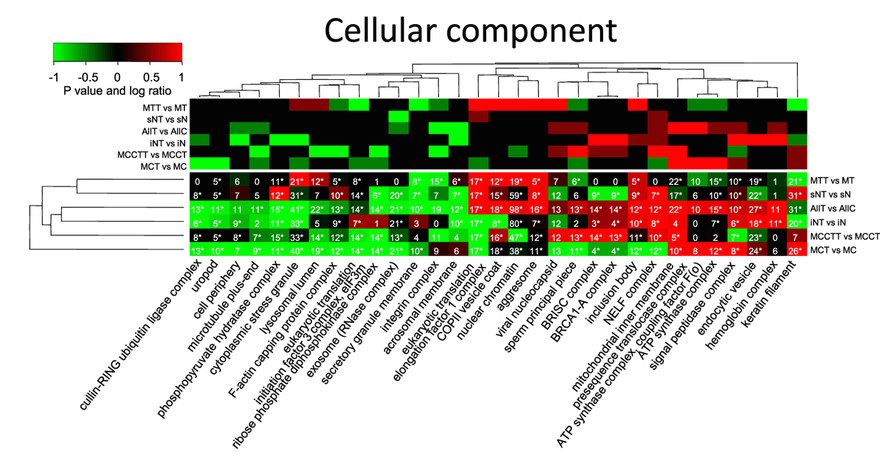Researchers develop method that simplifies drug discovery and development process

In the often lengthy process of discovering and developing a new drug, one of the key steps is to study how the drug affects different functions of the cells it will come into contact with. By using large-scale analysis of the genes that are activated or deactivated by the drug, or the proteins produced in the cells, it is possible to obtain the overall cellular profile induced by the drug.
All approaches used generate large amounts of data and require careful and detailed analysis of the information collected. A group of researchers from the Dr. Ricardo Jorge National Health Institute in Lisbon, led by FCT researcher Rune Mattiesen, has now developed a method that simplifies the process of establishing a drug's profile and allows its effect on different cell compartments to be better characterized. The results were published in the prestigious journal Nature Scientific Reports.
The team opted for a different approach to the conventional one, analyzing five subcellular fractions separately, rather than whole cells. Biochemical extraction processes were applied to cells in culture, treated with a drug, to obtain the five fractions. These correspond to different cellular compartments: the nucleus (soluble and insoluble components), mitochondria, microsomes (vesicles formed from the cell's endoplasmic reticulum), and microsomes+cytosol (the liquid that occupies the cell's volume).
Rune Matthiesen and his team then applied mass spectrometry to each fraction to analyze variations across the entire range of proteins in the cell, i.e., the cell's proteome. With this approach, they achieved greater coverage of the proteome compared to non-fragmented samples: they identified 18,889 proteins, corresponding to 6,279 individual genes.
Furthermore, and crucially, they achieved a more detailed analysis of how the same or different proteins are regulated in different cellular compartments.

 The results have already attracted the interest of pharmaceutical companies and several other research groups in Portugal and abroad.
The results have already attracted the interest of pharmaceutical companies and several other research groups in Portugal and abroad.
The study was fully funded by FCT, through Rune Matthiesen's FCT Researcher contract, Ana Sofia Carvalho's (first author of the study) Studentship , and an FCT Exploratory Project.
Images, from top to bottom:
- Representation of the increase (red) and decrease (green) of different protein classes (horizontal axis) by the drug in the various cellular fractions analyzed (vertical axis).
- Rune Mathiesen, FCT Researcher at the Dr. Ricardo Jorge National Institute of Health
- Ana Carvalho, postdoctoral researcher at the Dr. Ricardo Jorge National Institute of Health
(Credits: Rune Mathiesen, Ana Carvalho, and Nature Scientific Reports)